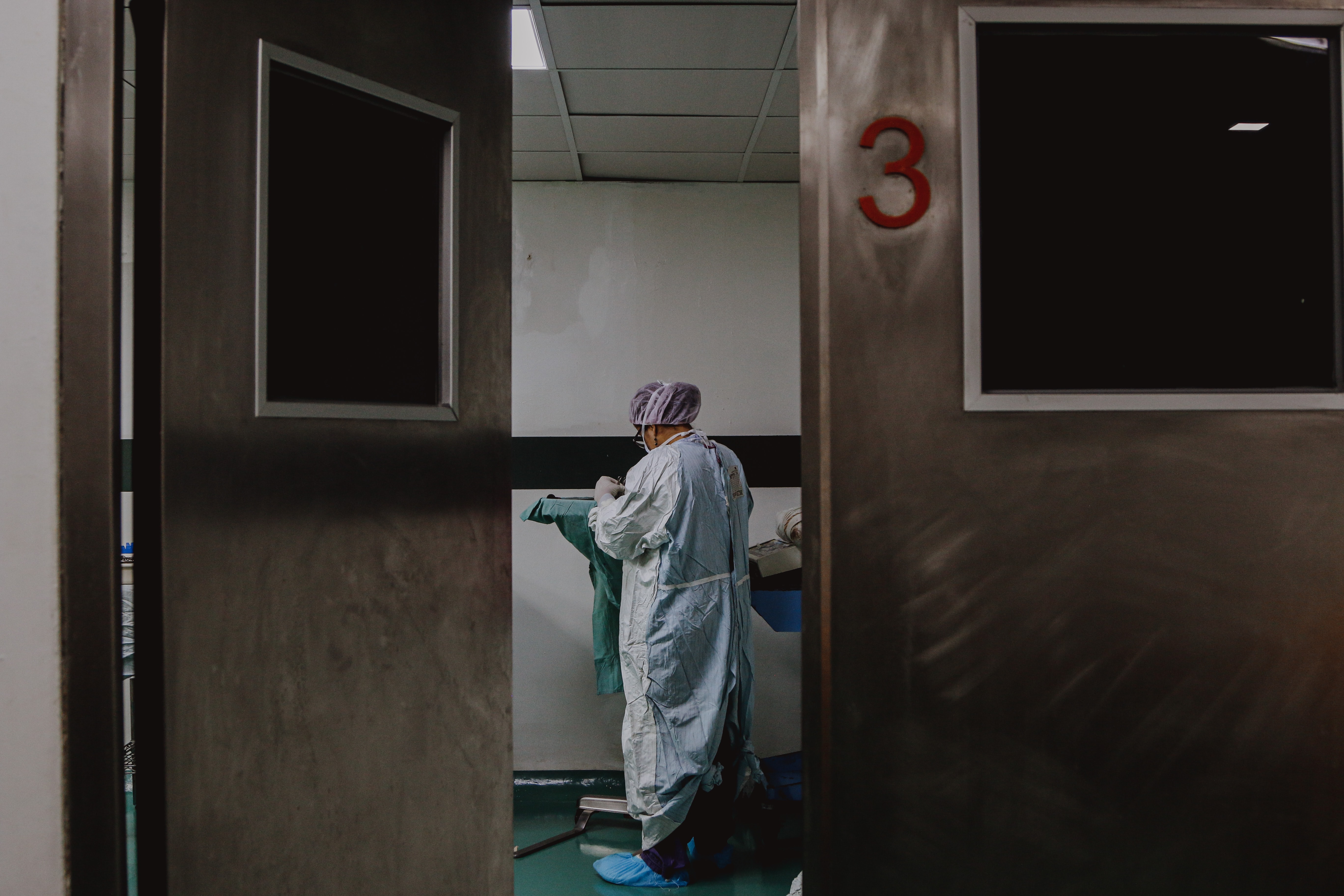Media release
From:
DELTA VARIANT’S HIGHER IN-HOSPITAL MORTALITY
EMBARGOED UNTIL 12:01am Monday 27 June 2022
HIGHER in-hospital mortality during the third pandemic wave may have reflected the greater virulence of the Delta variant or the increased volume of COVID-19-related intensive care admissions, according to the authors of research published today by the Medical Journal of Australia.
Researchers from the Australian and New Zealand Intensive Care Research Centre, Monash University, in collaboration with the Australian and New Zealand Intensive Care Society Clinical Trials Group, and hospitals around the country set out to compare the demographic and clinical features, management, and outcomes for patients admitted with COVID-19 to intensive care units (ICUs) during the first (27 February to 30 June 2020), second (1 July 2020 to 25 June 2021), and third wave (26 June to 1 November 2021) of the pandemic.
Using data from the 78 Australian ICUs participating in the Short Period Incidence Study of Severe Acute Respiratory Infection (SPRINT-SARI) Australia project, the authors, led by Dr Husna Begum from Monash University, reported that 2493 people (1535 men, 62%) were admitted to 59 ICUs: 214 during the first (9%), 296 during the second (12%), and 1983 during the third wave (80%).
“The proportion without co-existing illnesses was largest during the third wave (41%; first wave, 32%; second wave, 29%),” they reported.
“The proportion of ICU beds occupied by patients with COVID-19 was 2.8% (95% CI, 2.7‒2.9%) during the first, 4.6% (95% CI, 4.3‒5.1%) during the second, and 19.1% (95% CI, 17.9‒20.2%) during the third wave.
“Non-invasive (42% v 15%) and prone ventilation strategies (63% v 15%) were used more frequently during the third wave than the second wave.
“Thirty patients (14%) died in hospital during the first wave, 35 (12%) in the second, and 281 (17%) during the third.
“After adjusting for age, illness severity, and other covariates, the risk of in-hospital mortality was similar for the first and second waves, but 9.60 percentage points higher during the third than the first wave.”
The authors suggested that the fact SARS-CoV-2 Delta variant was more virulent than earlier strains and therefore more likely to cause severe disease requiring intensive care, was one explanation for their findings.
“It was also more transmissible and more likely to cause serious disease in younger people than previous strains, that had been greater threats for people over 60 years of age. We found that the median age of patients declined across the three waves, as did the proportion with multiple other medical conditions,” Begum et al wrote.
“Taken together, our findings reinforce the need to provide adequate resources and support for ICUs, particularly during times of unusually high demand,” they concluded.
Begum et al’s study did not cover the Omicron variant outbreak since 1 November 2021.



 Australia; NSW; VIC; QLD; SA; WA; TAS; NT
Australia; NSW; VIC; QLD; SA; WA; TAS; NT


